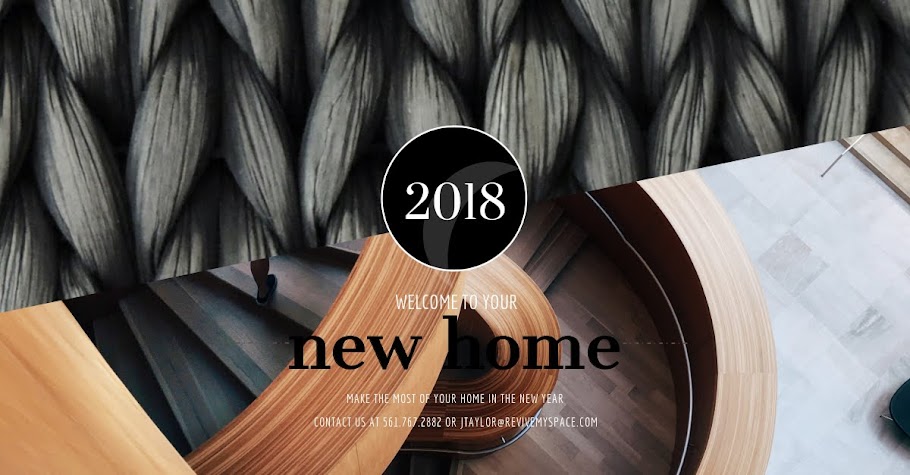One of the most interesting and important conversations happening right now in the design community is the discussion of cultural appropriation. There have been some fascinating and enlightening debates online and in person at various events across the county and the feedback continues online where, on sites like this, people make sure we stay on top of topics that require more information, deeper research and understanding.
When it comes to understanding the cultural roots of any design detail, I find it’s helpful to start at the beginning with the history of an object, style or technique. That concept was the basis of our Past & Present column, and inspires a new column starting today with Harper Poe of Proud Mary. Harper travels the world in search of more understanding of the roots of textile design, so I’m thrilled to share her first of many posts here on the history of some of the most iconic textile designs. Today we’re starting with the textiles of the Shipibo-Conibo tribe of the Peruvian Amazon and Harper will tell us more about their work, the significance of the textiles and how they’re made (and where to find authentic examples of them now). Stay tuned for more posts in coming weeks!
More about Harper: Harper Poe was born with a serious case of wanderlust. Always looking to experience something for the first time she decided to incorporate her lust for discovery into a social enterprise, Proud Mary. Harper scours the globe in search of traditional textiles and handcrafts which she then employs global artisans to create for Western markets. She is equally inspired by the ideas of economic development, craft preservation, and the celebration of beauty, which she pridefully shares with her customers and clients.
Textile photographs above by Kelly Merchant Photography
Textiles are on my mind the majority of every day. Researching new techniques and producing groups for Proud Mary, following up on our current textile production, and pouring over textiles images that pop up on my social media channels- my life is pretty much textile-obsessed. But those handcrafted, patterned pieces that we covet can (and should) be more than just a pretty piece; they can be a tool towards economic development and provide important cultural preservation. Textiles share the stories of a culture in a way, I believe, that no other craft form does. Fresh from a trip to Peru I thought I would share one of my favorite global textiles; cotton painted and embroidered textiles from the Shipibo-Conibo tribe of the Peruvian Amazon.
Images above by Gregg Woodward and Thomas Hoepker Magnum
The Shipibo are one of the largest ethnic groups in the Peruvian Amazon. They are located along the Ucayali River in the Amazonian rainforest. This tribe has more or less maintained their tribal identity and still practice their shamanic traditions and beliefs. One of which is the Ayahuasca ceremony. Ayahuasca is a shamanic hallucinogen from native plants from the Amazonian rainforest. The purpose of Ayahuasca is to return to the origin of all things, where the individual sees the creation of the universe. A shaman will transform the visuals into sound which the female artists will translate in the geometric patterns and designs painted and embroidered in the Shipibo textiles (and ceramics). The designs that the women come up with are a representation of the universe often depicting the Cosmic Serpent, the Anaconda, the great Mother, and creator of the universe. Whoa! As far out a concept as the Shipibo textiles are their geometric patterns take on an almost modern, digital aesthetic. -Harper
How they’re produced:
-The designs are done on natural un-dyed cotton or on cotton dyed with mahogany bark giving it a brown color.
-They paint using bamboo sticks and crushed berry fruits that turn blue-brown-black once exposed to air. They also use cotton to embroider the distinct patterns onto the cloth.
About the patterns:
The designs and patterns are created by women after listening to songs of a shaman, which are often inspired and influenced by the use of ayahuasca. Each design starts in the center (representing the physical world) and spreads out, portraying a map of the cosmos. The cross shape represents the Southern Cross Constellation. The extending shapes represent the movement of the Anaconda serpent that Shipibo people believe created the universe. The serpent was said to, “sing all forms into existence at the time of creation”.
Where you can find authentic examples of these textiles:
–Prism of Threads
–Artesania las Pallas, Lima
–1st Dibs
–Santa Fe Folk Art Market
–Etsy
–Ebay
–Tallerqata
via Design*Sponge http://ift.tt/1B8V81h From Grace Bonney

No comments:
Post a Comment